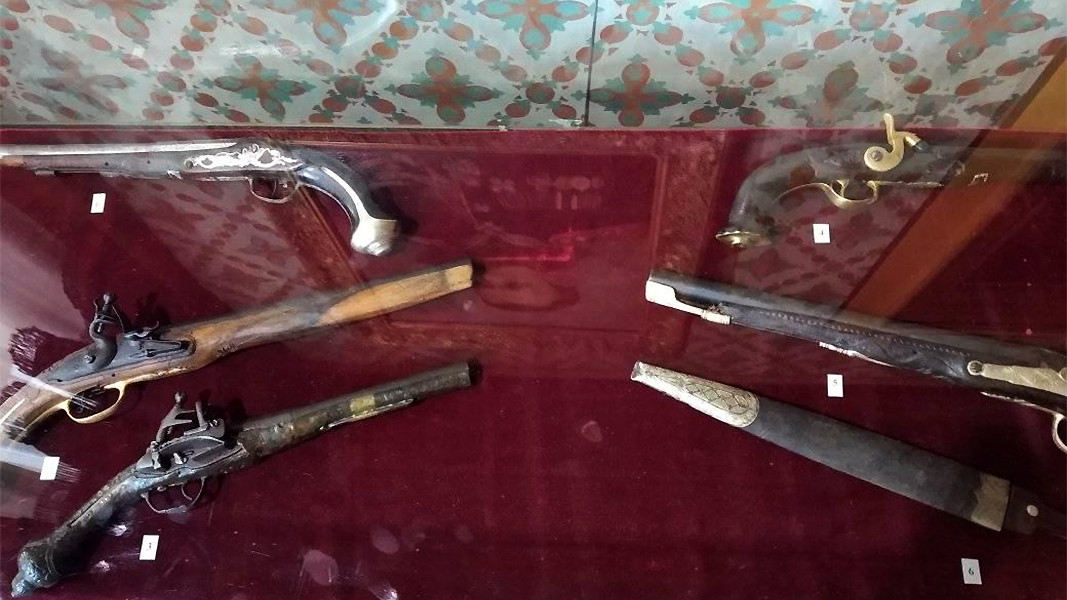Until March 18, the house-museum "Tsar Liberator Alexander II" in Pleven will have on display an exhibition dedicated to the 143rd anniversary of Bulgaria’s Liberation from Ottoman Rule. It presents 14 exhibits from the fund of the Regional Museum of Military History, focusing on the original weapons owned by the Bulgarian rebels and revolutionaries of the period.
Flintlock rifles and pistols were the main armament during the April Uprising of 1876. During the National Revival period, despite the limitations of the Ottoman rule, certain centres of the arms-making craft were gradually formed in the Bulgarian lands. One such important centre was Sliven as the weapons made by Sliven masters were valued throughout the Ottoman Empire. There were also weapons workshops in Sofia, Shumen, Nikopol, Silistra, Kazanlak, Samokov and others, where some of the pistols for the Turkish army were made by Bulgarian master gunsmiths.
 The place where the exposition is arranged is also of historical value. In this preserved house in Pleven on December 11, 1877, the Russian Emperor Alexander II personally returned the sword to the captured and wounded Osman Pasha, in recognition of his qualities as a general.
The place where the exposition is arranged is also of historical value. In this preserved house in Pleven on December 11, 1877, the Russian Emperor Alexander II personally returned the sword to the captured and wounded Osman Pasha, in recognition of his qualities as a general.
The newest exhibition at the National Museum of Military History in Sofia, 'War and the Creatives: A Journey Through Darkness' opens today, offering free entry as a gesture to those who were unable to visit during the recent renovations. Rather than..
A 5,000-year-long history lies hidden in the ruins of the medieval fortress “Ryahovets” near the town of Gorna Oryahovitsa where active excavations began ten years ago. On this occasion, on November 17, the Historical Museum in Gorna Oryahovitsa..
Just days ago, archaeologists uncovered part of the complex underground infrastructure that once served the Roman baths of Ratiaria - one of the most important ancient cities in Bulgaria’s northwest. Founded in the 1st century in the area of..

+359 2 9336 661
